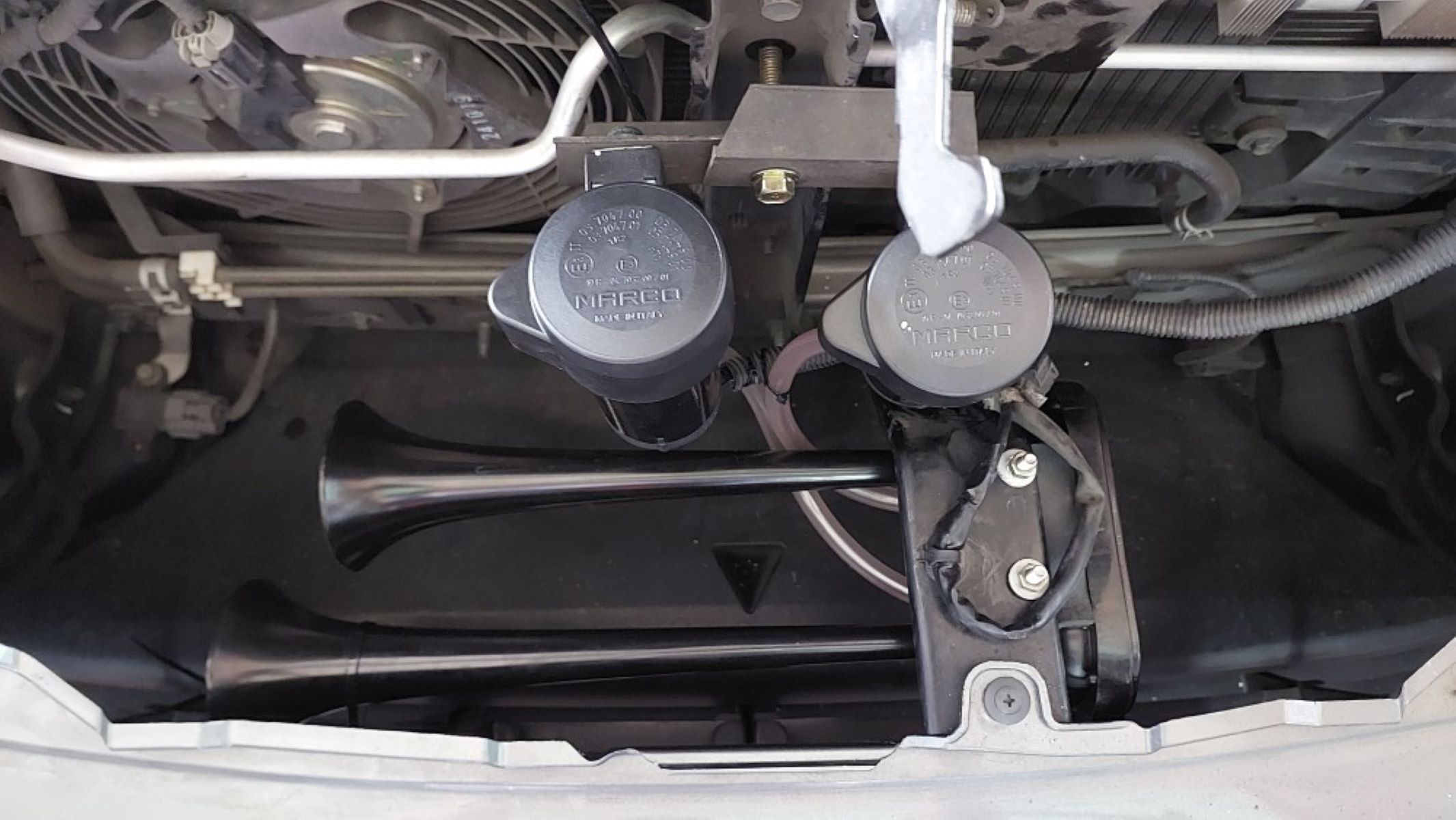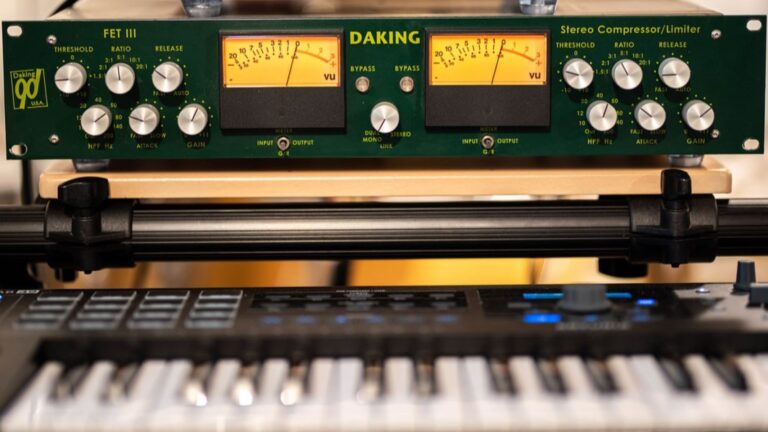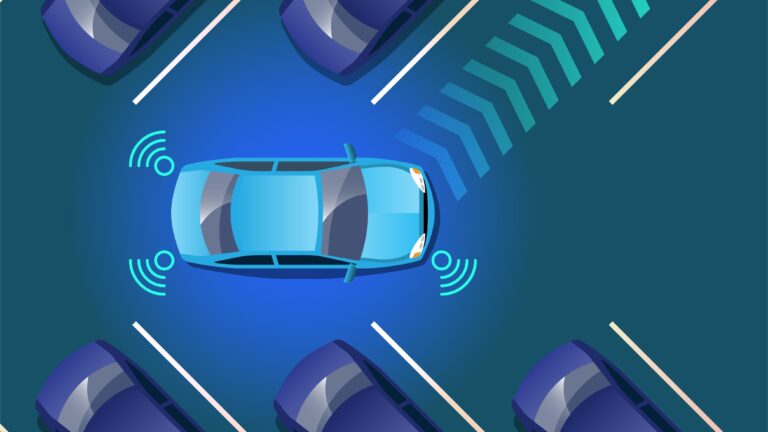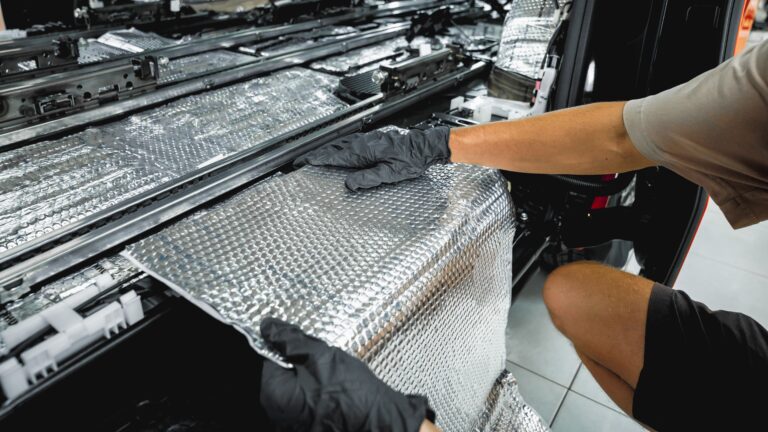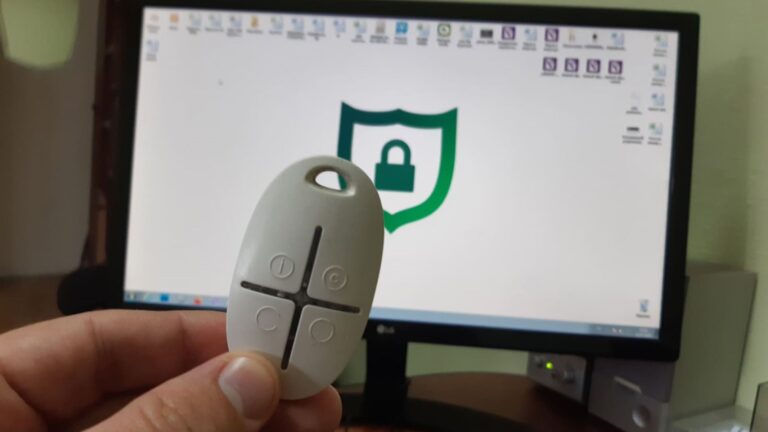Replacing Your Horn with a More Effective Sound Solution
Ever been stuck in traffic and realized your car horn just isn’t cutting it? Maybe it’s too quiet, too annoying, or just plain ineffective at getting attention. Horns are more than just a beep—they’re your vehicle’s voice in a noisy world. Upgrading or replacing your horn with a better sound solution can make a huge difference in safety and communication on the road. But where do you start? Let’s dive into everything you need to know about replacing your horn with a more effective sound system.
Understanding the Basics: What Is a Horn Really For?
Before diving into the process of replacing your horn, it’s essential to understand what a horn actually does and why it plays such a critical role in your vehicle’s safety system. At its core, a horn serves as an audible signal designed to alert others on the road—whether drivers, pedestrians, or cyclists—to your presence. This alert can be crucial in preventing accidents, especially in situations where visibility is limited or unexpected hazards arise. The horn acts like your voice in traffic, cutting through distractions to grab attention quickly.
But a horn’s function goes beyond just making noise. It is also a tool for communication. Drivers often use their horns to express intentions, signal warnings, or even offer friendly acknowledgment. Think of it like a language of beeps—sometimes short and polite, sometimes longer and urgent. This non-verbal communication helps drivers navigate complex traffic situations more effectively, especially in congested urban environments where quick interactions are necessary.
Legal standards also govern how horns must perform to ensure they serve their safety purpose without becoming nuisances. Horns are required to produce sound at certain minimum volume levels and must be audible over a specified distance. These regulations exist to balance safety with public comfort, making sure horns are loud enough to be heard in busy traffic but not excessively loud to cause unnecessary noise pollution. Essentially, the horn needs to be just right—clear, loud, and reliable.
In simple terms, a horn that’s too quiet, distorted, or inconsistent is almost useless. It’s like trying to shout in a hurricane—your message gets lost in the noise. That’s why having an effective horn isn’t a luxury; it’s a necessity. It must reliably cut through the ambient sounds of the road and reach others in time to prevent accidents. Understanding this basic role helps clarify why upgrading or replacing your horn can make such a meaningful difference in road safety.
Why Your Stock Horn Might Not Be Enough
- Insufficient Volume: Many factory horns are designed with low sound output that may not be loud enough to cut through heavy traffic noise, construction sounds, or other urban distractions. This makes it harder for other drivers and pedestrians to hear your horn when it really matters.
- Poor Tone Quality: Stock horns often produce a shrill or tinny sound that can be unpleasant or easy to ignore. Instead of a clear, commanding beep, the tone might be irritating or blend into the background noise, reducing its effectiveness as an alert.
- Single-Tone Sound: Most factory horns emit only a single note, lacking the rich, layered tones that make a horn more attention-grabbing. Single-tone horns can easily get lost among other noises on the road, making it difficult to stand out in traffic.
- Limited Sound Range: Some stock horns do not carry their sound well over long distances or in open areas, reducing their ability to alert others who may be far away but still within potential danger zones.
- Aging and Wear: Over time, exposure to weather, dirt, and road grime causes internal components of the horn to degrade. Corrosion and clogging can affect the horn’s diaphragm or electrical contacts, leading to weaker or inconsistent sounds.
- Electrical Issues: Wiring or connection problems within the vehicle can cause the horn to work intermittently or not at all. Factory horns may rely on aging or less robust wiring systems that can fail with time.
- Delayed Response: Some stock horns may have a slower activation time due to worn switches or electrical contacts, meaning the horn doesn’t sound instantly when you press the button — a critical flaw in emergencies.
- Poor Mounting Location: Factory horns are often mounted in positions that are not ideal for sound projection, such as inside wheel wells or behind grilles that muffle the sound, making them less effective at broadcasting alerts.
Types of Horns: Exploring Your Options
| Horn Type | Sound Characteristics | Common Uses | Installation Complexity | Advantages and Disadvantages |
| Single-Tone Horns | Produce a simple, basic beep with one note | Typically found in older or economy vehicles | Easy to install, often a direct replacement for factory horns | Advantage: Simple and inexpensive. Disadvantage: Lack impact, easy to ignore in noisy environments. |
| Dual-Tone Horns | Emit two notes simultaneously, creating a richer, more harmonious sound | Popular choice for everyday cars and mid-range vehicles | Moderate complexity; usually fits existing mounts with minor wiring | Advantage: More attention-grabbing and pleasant sounding. Disadvantage: Slightly more expensive than single-tone horns. |
| Air Horns | Generate a very loud, deep blast using compressed air | Common on trucks, emergency vehicles, and some custom cars | Complex installation; requires compressor and additional hardware | Advantage: Extremely loud and effective over long distances. Disadvantage: Bulkier, more expensive, and needs more maintenance. |
| Electronic Horns | Use digital speakers to reproduce various horn sounds or sirens | Used in modern or specialty vehicles; aftermarket upgrades | Advanced installation; requires power supply and control modules | Advantage: Versatile sound options and customizable tones. Disadvantage: More expensive and complex to install; potential compatibility issues. |
What Makes a Horn Sound Effective?
When it comes to an effective horn, loudness is certainly important, but it’s not the only factor that determines how well a horn performs its job. A horn needs to be loud enough to be heard clearly over the ambient noise of traffic, engines, and city life, which typically means it should be audible from at least 100 feet away. If the horn isn’t powerful enough to cut through the noise, it fails at its primary purpose — alerting others. But just being loud isn’t enough; the quality of the sound plays a huge role in how noticeable and recognizable it is.
Tone quality is a key component of an effective horn sound. The horn should produce a sound that is urgent and attention-grabbing without being unpleasant or grating to the ears. A shrill or tinny horn can easily be ignored or cause irritation, which defeats its purpose. The best horns strike a balance by sounding clear and strong enough to demand attention while still being pleasant enough to avoid unnecessary noise pollution or annoyance.
Frequency also affects how far and how well a horn’s sound travels. Horns that operate in the mid-range frequencies tend to cut through environmental noise better than very high or low frequencies. Mid-range sounds travel well in open spaces and urban settings, making them more effective at catching the attention of nearby drivers and pedestrians. This is why many quality horns are tuned to hit those sweet spots in frequency that maximize audibility.
Finally, response time and durability matter a lot in real-world use. An effective horn should activate immediately when you press the button, without delay. Any lag can be dangerous in urgent situations where every second counts. Additionally, the horn must be built to withstand exposure to harsh weather, dust, and corrosion over time. A durable horn that continues to perform consistently after years of use is crucial for ongoing safety and reliability. In essence, an effective horn combines loudness, tone quality, frequency, quick response, and durability to serve its role perfectly on the road.
Step-by-Step Guide to Replacing Your Horn
- Choose the Right Horn: Start by selecting a horn that fits your vehicle’s size and your typical driving environment. Consider whether you mostly drive in the city or on highways, and check any local legal restrictions regarding horn types and sound levels. For everyday cars, dual-tone horns are usually the best balance of sound and legality, while air horns are better suited for trucks or situations where maximum volume is needed.
- Prepare Your Tools and Materials: Before starting the installation, gather everything you’ll need. This includes your new horn or horns, appropriate wiring connectors and fuses to ensure electrical safety, basic tools like screwdrivers, pliers, and a socket wrench, as well as electrical tape or heat shrink tubing to protect your wiring connections.
- Disconnect the Car Battery: Safety is paramount, so disconnect your vehicle’s battery before touching any electrical components. This step helps prevent accidental short circuits or shocks while you work on the horn wiring.
- Remove the Existing Horn: Locate the factory horn, usually mounted near the front grille or bumper. Carefully unscrew it and disconnect the wiring harness, making sure not to damage any connectors or cables. Keep track of mounting bolts and screws, as you may need them for the new horn.
- Mount the New Horn: Securely install the new horn in the same location or a suitable spot nearby. It’s important to position the horn facing downward or outward to prevent water or debris from accumulating inside, which can damage the horn or muffle its sound.
- Connect the Wiring: Attach the horn wiring by using existing connectors if they fit your new horn. If not, carefully splice the wires and use new connectors to ensure a solid electrical connection. Adding an inline fuse can protect the circuit from power surges or faults, so include one if it’s not already part of your setup.
- Test the Installation: Once everything is connected and mounted, reconnect the car battery. Press the horn button to check the sound and volume. Listen carefully to ensure the horn is loud and clear, and verify the sound projects in the desired direction. If necessary, adjust the mounting or wiring to optimize performance.
- Final Checks and Maintenance: After confirming your new horn works perfectly, double-check all connections and fasteners. Make sure the wiring is secure and insulated properly to avoid shorts or corrosion. Regularly test your horn going forward to keep it in good working order and maintain your safety on the road.
Common Installation Challenges
| Challenge | Description | Potential Impact | Possible Solutions | Additional Notes |
| Compatibility Issues | Some vehicles have unique or proprietary horn connectors | Difficulty connecting new horns | Use adapter plugs or modify connectors carefully | Research your vehicle’s wiring before buying a horn |
| Space Limitations | Air horns and larger horns need more physical installation space | May require relocating or custom mounts | Find alternative mounting spots or fabricate brackets | Check clearance near bumper or engine bay beforehand |
| Wiring Complexity | High-power horns often require relays and extra wiring | Risk of electrical faults or horn failure | Install appropriate relays, fuses, and secure wiring | Consult wiring diagrams or seek professional help |
| Weatherproofing | Exposure to rain, dust, and debris can damage horn components | Reduced horn lifespan and performance | Use waterproof seals, protective covers, and proper mounting orientation | Position horns facing downward to prevent water ingress |
Choosing the Right Sound for Your Environment
Selecting the right horn sound largely depends on where you do most of your driving, as different environments demand different types of alerts. In urban city settings, where traffic is dense and noise levels can be chaotic, a dual-tone electric horn tends to be the best choice. These horns produce a balanced volume that is loud enough to be heard through city noise but not so overwhelming that it becomes a nuisance to nearby pedestrians or other drivers. Their pleasant and harmonious tone is less likely to irritate, making them ideal for daily commuting.
In contrast, rural or highway environments require horns that can cut through greater distances and louder ambient noise like wind and engine sounds. Loud air horns excel in these situations, as their deep, powerful blasts can travel far and maintain clarity even in open spaces. This makes them especially effective for alerting other drivers or animals on sparsely populated roads, helping prevent accidents where visibility might be limited.
For off-road or utility vehicles, the demands are even more specific. These vehicles often encounter rough terrain, harsh weather, and challenging conditions that require a horn built for durability as well as power. Heavy-duty air horns are designed to withstand tough environments while providing a very loud and commanding sound. Their rugged construction ensures they continue working reliably even when exposed to dust, mud, and moisture.
Emergency and utility vehicles, on the other hand, benefit from the versatility of electronic multi-tone horns. These advanced horns can produce a variety of sounds, including sirens and alerts, tailored to different situations. This flexibility allows emergency responders to communicate urgency effectively and clearly, distinguishing their vehicles from regular traffic and enhancing safety during critical operations. Each environment demands a sound solution that matches its unique challenges and communication needs, making the choice of horn an important consideration for drivers.

